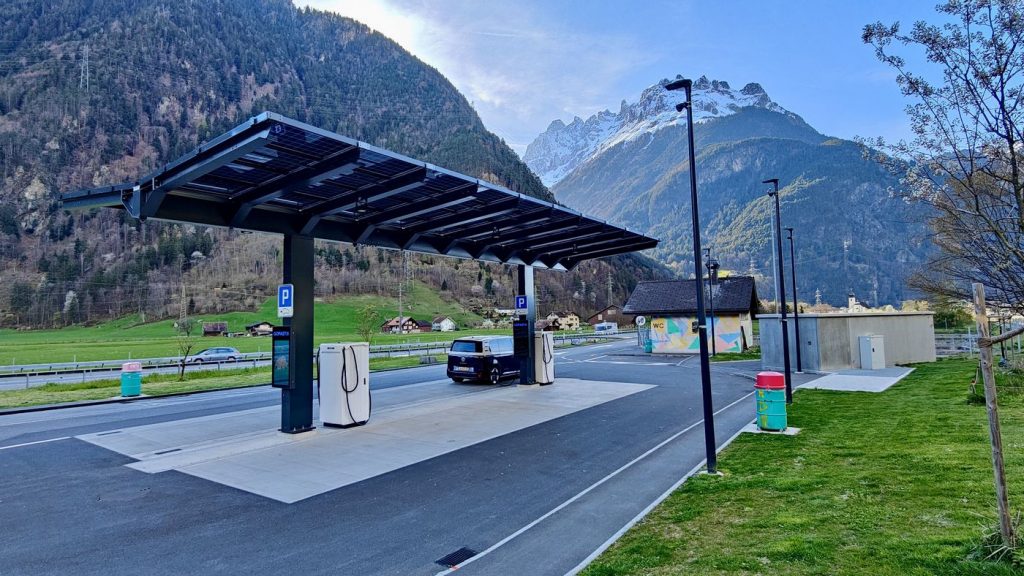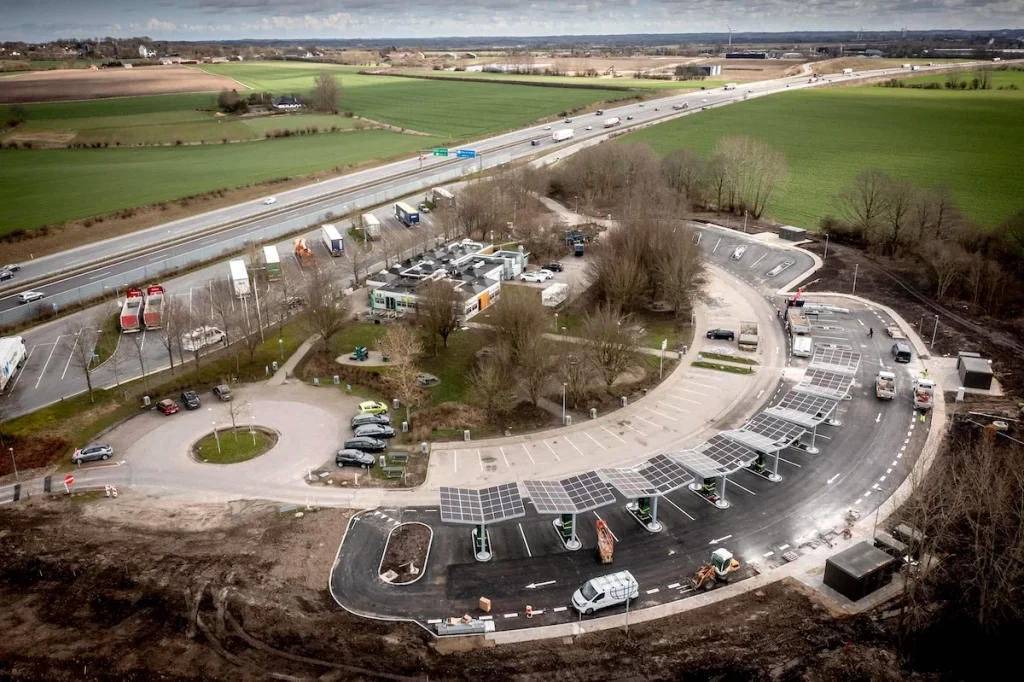The Council of the EU has taken a significant step towards boosting electric vehicle (EV) adoption and reducing greenhouse gas emissions by adopting new rules that aim to facilitate easier travel for EV owners across Europe. The regulation focuses on enhancing the EV charging infrastructure along the continent’s main highways, making payments at charging stations more convenient, and ensuring transparency regarding pricing and availability.
The new law has many advantages, one of which is that range anxiety, a prevalent worry among EV drivers, will be lessened. Along the Trans-European Transport Network (TEN-T) of the EU’s motorways, fast charging stations with a minimum power capacity of 150kW will be required every 60 kilometers (37 miles) starting in 2025. Range concern for drivers on TEN-T routes is anticipated to be considerably reduced by this significant extension of the rapid charging network along the primary transportation corridor.
Furthermore, the regulation sets ambitious targets for the power output of charging stations along the TEN-T core road network, with at least 400kW of total output required by December 31st, 2025, and 600kW by December 31st, 2027. This ensures that EVs equipped with advanced charging capabilities are adequately supported, making high-speed charging more accessible.

Notably, the regulation also considers the comprehensive road network, connecting EU regions back to the core network. By December 31st, 2027, fast chargers with a total output of at least 300kW, including one charging point capable of 150kW, must be available on at least 50 percent of comprehensive roads, expanding to cover all of them by the end of 2030.
To promote seamless charging experiences, the regulation also addresses payment methods. Ad-hoc charging payments will be allowed via cards or contactless devices without the need for subscriptions or specific apps. Charging operators will be required to display prices, wait times, and availability electronically, enhancing transparency and ease of use.

The scope of the regulation extends beyond cars and vans, as it also outlines deployment targets for heavy-duty electric vehicles and addresses charging infrastructure for maritime ports, airports, and hydrogen refueling for vehicles.
The new rule is a component of the “Fit for 55” package of policies, which aims to assist the EU in decreasing greenhouse gas emissions by 55% before the year 2030 and ultimately achieving climate neutrality by the year 2050. Currently, transportation contributes 25% of the EU’s greenhouse gas emissions, the majority of which come from road use.
The regulation has now gone through additional procedures and been formally adopted by the Council, after which it will take effect throughout the EU. The new rule, which has been heralded as a turning point in the “Fit for 55” program, calls for more comprehensive and easily accessible public recharging infrastructure across Europe, putting the ease of EV charging on level with that of conventional gas stations.


